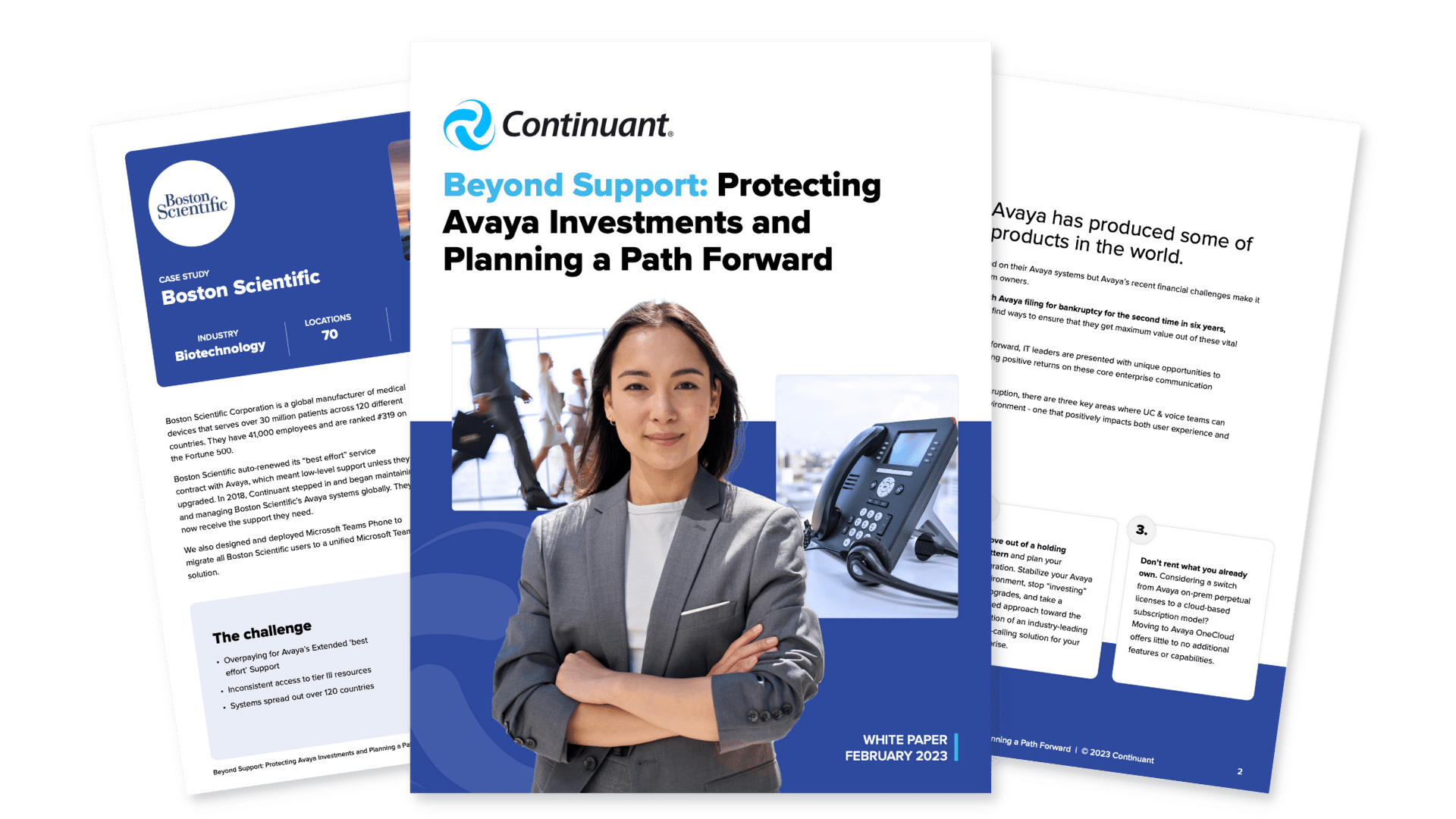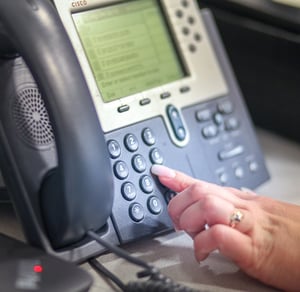What we do
- SOLUTIONS
-
Continuant Connect
UCaaS solution for Enterprise -
Teams Phone
Direct Routing for Teams Phone -
Zoom Phone
Enable calling through Zoom -
Webex Calling
Enable calling through Webex -
C4
CX for Better Customer Experiences -
Cisco UC
Migrate legacy PBX to Cisco -
Custom Meeting Rooms
Enterprise-grade AV solutions
%20Success%20Stories/3M%20-%20main.jpg)
%20Success%20Stories/Baylor-CS-Image-2.jpg)



 On February 16, 2018, the President signed into law Kari’s Law Act of 2017—making it the law of the land. Kari’s Law amends the original Telecommunications Act of 1934 and the 1996 overhaul that focused on promoting competition and reducing expensive regulations. What Kari’s Law does is transform an entire industry so that in the United States, at least, public safety is built into every aspect of a telephone system. It should be easy to call for help. With Kari’s Law, it will be.
On February 16, 2018, the President signed into law Kari’s Law Act of 2017—making it the law of the land. Kari’s Law amends the original Telecommunications Act of 1934 and the 1996 overhaul that focused on promoting competition and reducing expensive regulations. What Kari’s Law does is transform an entire industry so that in the United States, at least, public safety is built into every aspect of a telephone system. It should be easy to call for help. With Kari’s Law, it will be.